


June 2008
With the presidential election coming in November, I thought it would be interesting to see what role the presidents have played in crime, both as victims and suspects.
The first sitting president on record as crime victim was "Old Hickory", Andrew Jackson.
A former military hero from the War of 1812, President Jackson already had his fair share of shooting and being shot at by the time he was sworn in as our seventh president in 1829. Even so, the idea of a president being attacked or worse probably still came as a surprise.
The first attempt to do him harm came after President Jackson fired a federal employee by the name of Robert Randolph for embezzlement.
On May 6, 1833, President Jackson was attending a ceremony in Fredericksburg Virginia when Randolph suddenly rushed him and struck him. Randolph fled the scene with several members of Jackson's party chasing him, including the well known writer Washington Irving. He was eventually caught but President Jackson decided not to press charges.
A more dangerous call came on January 30, 1835, when the president was crossing the Capitol Rotunda after a funeral. Richard Lawrence approached Jackson and aimed two pistols directly at Jackson. Both misfired. Jackson attacked Lawrence with his cane, prompting his aides to restrain him. Lawrence was ultimately acquitted of his crime by reason of insanity.
Later, an actuary estimated the odds of two pistols misfiring as 1 in 125,000.
Our 14th president was on the other side of the law and was once actually arrested. President Franklin Pierce was arrested in 1853 after his horse ran over a woman in the streets. The charges were dropped when the officers realized they had brought in the President of the United States. The official disposition of the case is now listed as lack of evidence.
Abraham Lincoln holds the dubious distinction of being the first president to be murdered while in office. his son, Robert Todd Lincoln had been invited to go to the Ford Theatre with his father but choose to stay at home and sleep instead.
During the term of President Ulysses S. Grant, the president was stopped for speeding through the streets of Washington DC on his horse. He was fined $20 and made to walk back to the White House on foot.
Just sixteen years after the first sitting president was murdered, it happened again.
On July 2, 1881, the President James Garfield was walking through a Washington DC train station when Charles J. Guiteau shot him in the arm and in the back. The president eventually died on September 19, 1881, although historians are now sure it was more from his shoddy medical treatment than the bullets. In a side note, Secretary of War Robert Todd Lincoln was in the train station that hot muggy day and saw everything.
The next president to be a victim of a crime was William McKinley. The president was at the Pan American Exposition on September 5, 1901, when he was shot while shaking hands with members of the crowd. The first bullet grazed the president's shoulder. The second, however, went through McKinley's stomach, colon, and kidney, and finally lodged in the muscles of his back. The president languished in agony for the next nine days before finally succumbing to his wounds on September 14th. Strangely enough, Robert Todd Lincoln was at the expo at the time the president was shot however he did not actually see it happen.
Think being related to three presidential murders is strange? Then consider this: In Jersey City in 1863, Robert Todd Lincoln was in a train station when he almost fell into the path of a moving train. He was pulled to safety by a man named Edwin Booth, the brother of Abraham Lincoln’s assassin John Wilkes Booth.
In 1912, former President Theodore "T.R" Roosevelt was in Milwaukee campaigning for the Bull Moose Party when he was shot in the head by someone in the audience. Not one to ever back down, TR refused medical treatment and then continued his speech with apologies for the interruption.
In February 1933, President Franklin Delano Roosevelt was giving a speech in a Miami park when Joseph Zangara stood up and fired five shots at him. Zangaras aim was terrible when it came to hitting the president but several people standing near Roosevelt were hit including Chicago Mayor Anton Cermack who later died.
In the fall of 1950, the White House was undergoing an extensive renovation. President Harry Truman had been relocated to Blair House, a government owned building across the street from the White House. On November 1st Oscar Collazo and Griselio Torresola tried to make an armed attack through the front door of Blair House. White House police officers opened fire and drove back the attack. When the president heard the shooting, he walked over and opened a window directly above the gunfight and stuck his head out to see what was happening. Thankfully the attackers never looked up to see their intended target. Torresola was killed at the scene but so was police officer Leslie William Coffelt.
On November 22, 1963, President John F. Kennedy was shot and killed in Dallas Texas, by Lee Harvey Oswald. Shortly thereafter, he also killed Dallas police officer J.D. Tippit.
Despite the precedence, there was actually no federal law against killing the President of the United States and the crime was a violation of the Texas murder statute. That has since been changed.
President Richard Nixon almost secured his legacy as being the first and only president ever to go to prison for actions committed during his term in office. Ironically, Nixon’s reaction to the pressure from Watergate caused him to take extended breaks from the White House. One of those breaks would have saved his life had Sam Byke (previous article) had been able to carry out his elaborate scheme to attack the White House with a hijacked airliner.
President Gerald Ford had to have thought there was a target painted on his back when he was shot at twice in seventeen days in 1975.
President Ronald Reagan came a lot closer to death than anyone realized when he was shot and seriously wounded just weeks after taking office in 1981.
Of course we all followed the perjury issues of President William Jefferson Clinton as he came very close to being removed from office.
So what does the future hold for our next president? No one knows but, regardless of party affiliation, let’s wish them better luck than some of the previous ones have had.

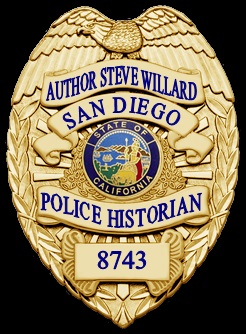

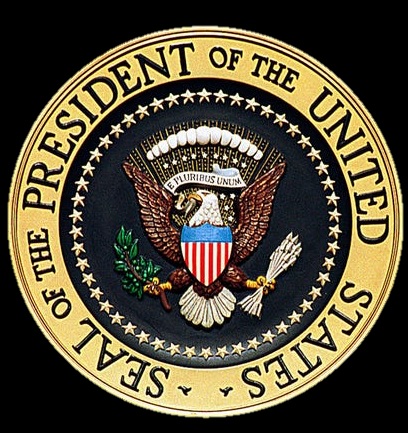

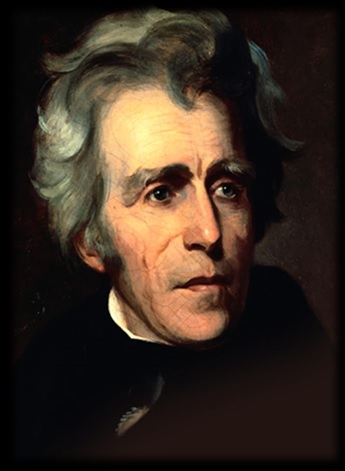
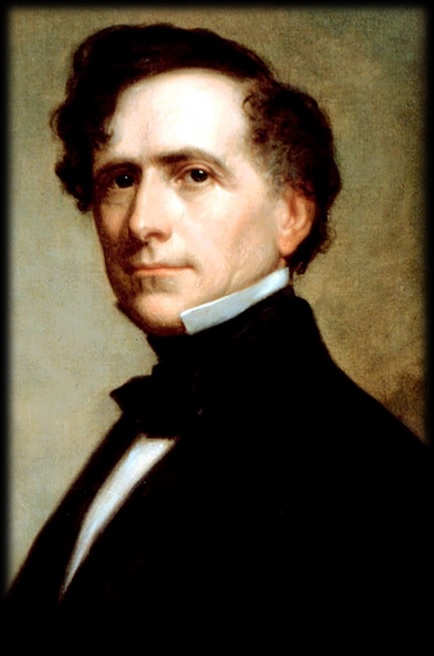
President's Jackson & Pierce
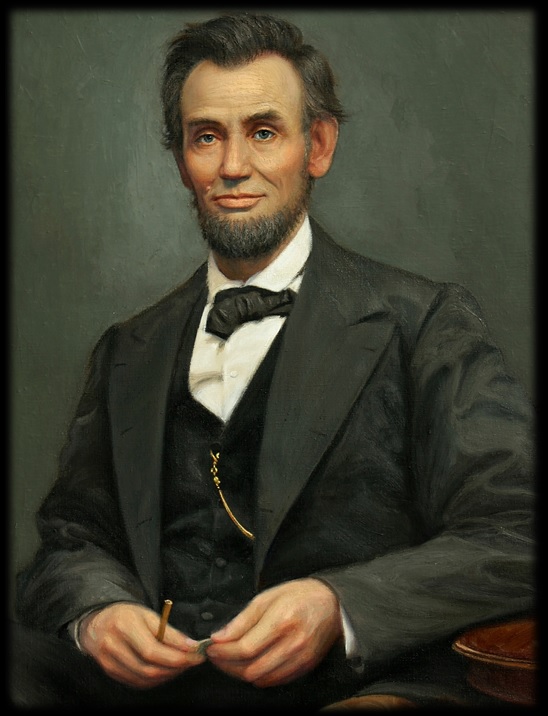

President's Lincoln & Grant
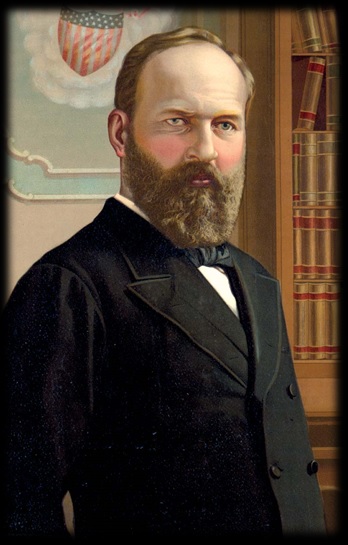
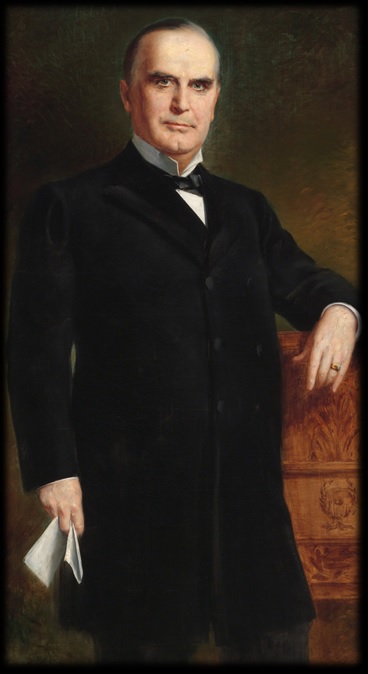
President's Garfield & McKinley


T.R. & F.D.R


President's Truman and Kennedy
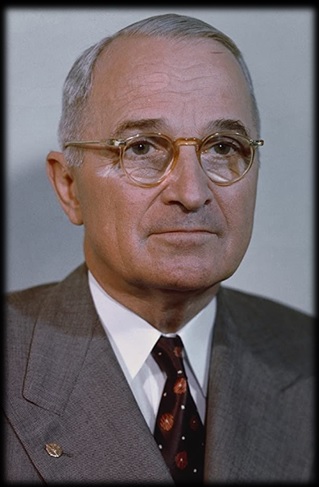
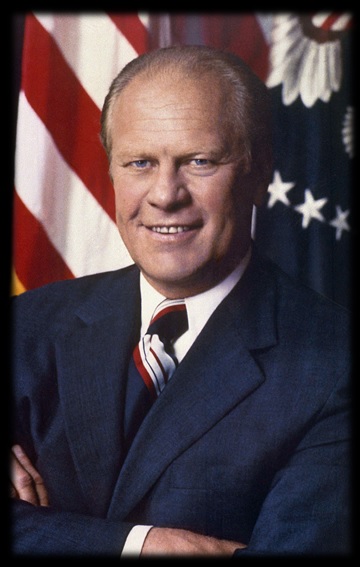
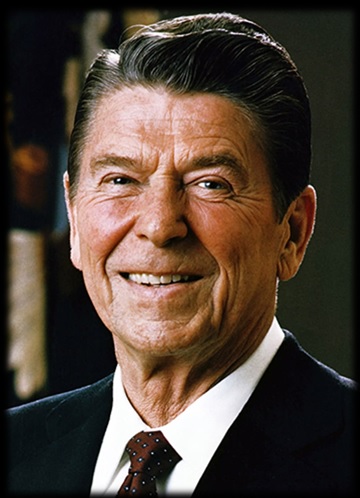
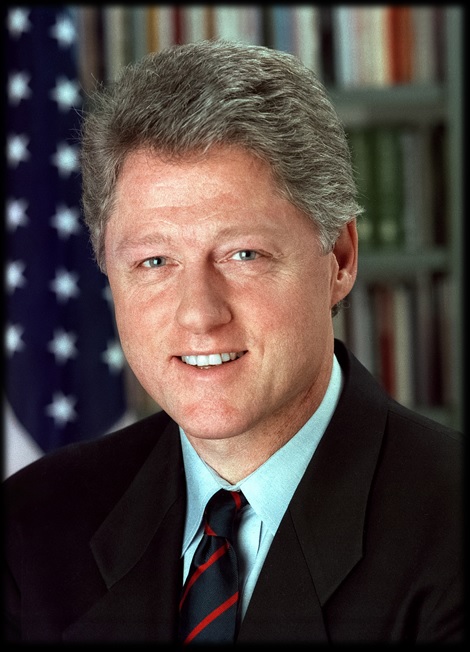
President's Nixon & Ford
President's Reagan & Clinton